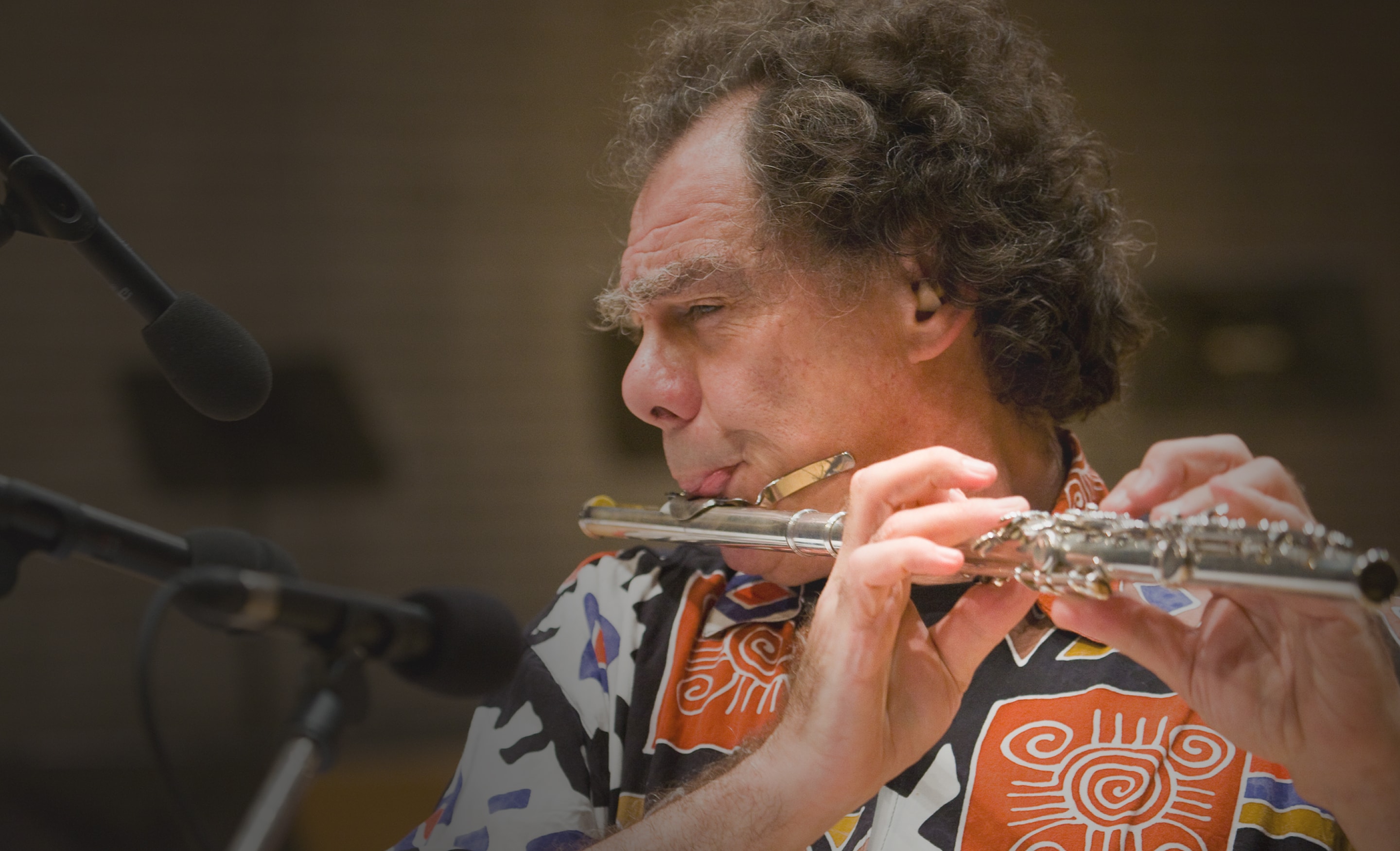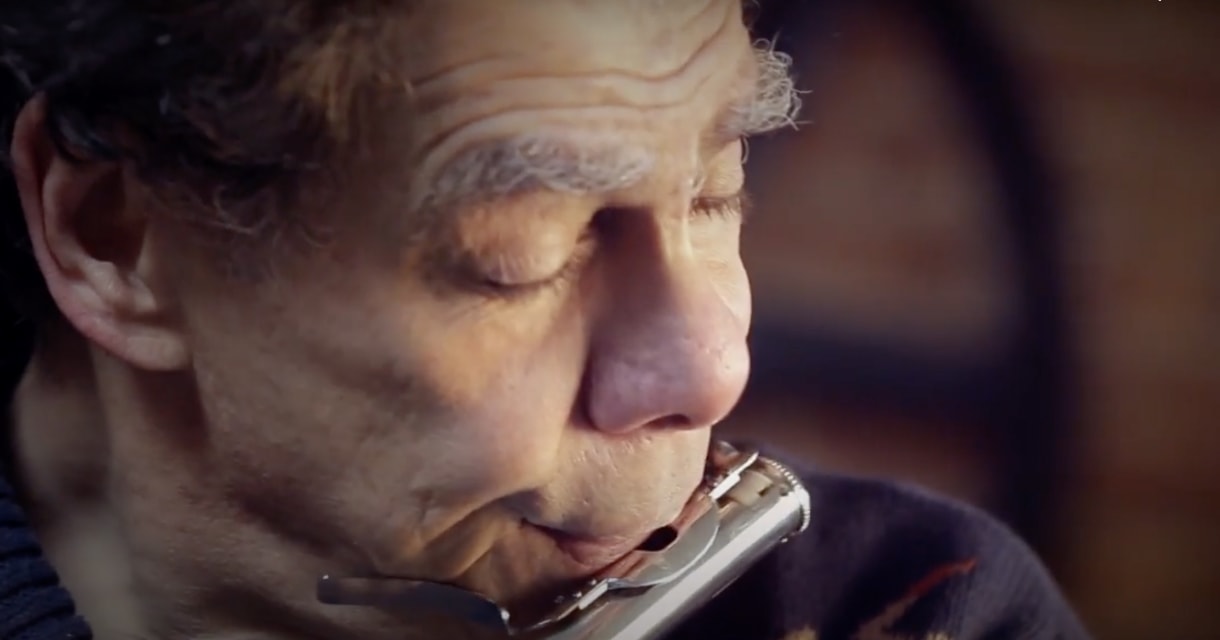Welcome to the first of a new series of blog posts for Etudes for Innovation, inspired by our annual live ”informances” of the same name.
Each Etudes post is a profile wherein we take a look at an innovative artist, performer, director, producer or institution from the world of arts and entertainment, whose innovations can inform business and philanthropy. At the end of each profile, I’ll pose “food for thought” questions through which all of us are able to inform and enhance our work in any field.
Each Etudes post is a profile wherein we take a look at an innovative artist, performer, director, producer or institution from the world of arts and entertainment, whose innovations can inform business and philanthropy. At the end of each profile, I’ll pose “food for thought” questions through which all of us are able to inform and enhance our work in any field.
We’ll start with innovations by flutist Robert Dick (alum of Etudes for Innovation, Opus 2).
Let me know what you think.
Jeffrey Ernstoff
Creative Director, The World Innovation Network, Etudes for Innovation
Let me know what you think.
Jeffrey Ernstoff
Creative Director, The World Innovation Network, Etudes for Innovation
Known around the world for dramatically expanding the technical capabilities and repertoire of the flute, Robert Dick arrived at two of his many innovations as a result of false assumptions.
Robert grew up in a family that included a pianist and cellist. Both instruments can produce more than one note at a time. He gravitated towards the flute at age eight, and, after he patiently learned to play the flute’s conventional 36 notes (spanning three octaves), he naturally assumed that, next, he’d move on to learning how to play simultaneities on the flute. Why wouldn’t he?
But when Robert asked his teacher about beginning that phase of instruction, his teacher matter-of-factly replied “the flute only plays one note at a time”. Robert’s reaction was simple: “That can’t be true. We’ll see about that.”
Robert grew up in a family that included a pianist and cellist. Both instruments can produce more than one note at a time. He gravitated towards the flute at age eight, and, after he patiently learned to play the flute’s conventional 36 notes (spanning three octaves), he naturally assumed that, next, he’d move on to learning how to play simultaneities on the flute. Why wouldn’t he?
But when Robert asked his teacher about beginning that phase of instruction, his teacher matter-of-factly replied “the flute only plays one note at a time”. Robert’s reaction was simple: “That can’t be true. We’ll see about that.”
Please note: Among great jazz flute players – perhaps most notably Rahsaan Roland Kirk – multiphonics and humming along while playing have been around for some time, but in limited contexts. Robert Dick is the flutist who approached expanding the flute’s capabilities from his training in the classical tradition, and took those innovations to levels far beyond flutists in any other genres. Moreover, he figuratively “wrote the book” on the subject -The Other Flute by Robert Dick – and developed a comprehensive pedagogy for teaching students how to achieve myriad effects for work in diverse settings.
Today, contemporary flutists and composers for flute make use of a system of alternate fingerings, harmonics, intentional “overblowing,” simultaneous humming and more – many of which were developed by Robert Dick. These unique sounds figure in compositions by him and many others, and take the flute into new expressive dimensions.
Today, contemporary flutists and composers for flute make use of a system of alternate fingerings, harmonics, intentional “overblowing,” simultaneous humming and more – many of which were developed by Robert Dick. These unique sounds figure in compositions by him and many others, and take the flute into new expressive dimensions.
Another of Robert’s innovations–also born out of a false assumption–resulted from his falling in love with the music of the innovative guitarist Jimi Hendrix, who made extensive use of the electric guitar’s “whammy bar” or pitch-bending tailpiece.
With that in mind, he came to realize that he’d made another false assumption, namely that the multi-holed flute – unlike a string – is unable to dramatically bend and slide pitches – making it impossible to play a wide ranging, truly seamless smear up or down in pitch. This is known as a “glissando.” And so, he invented his innovative Glissando Head Joint ®. By making the flute head joint into a kind of slide whistle, with prongs that extend to the jaw, it enables flute players to achieve previously impossible effects.
With that in mind, he came to realize that he’d made another false assumption, namely that the multi-holed flute – unlike a string – is unable to dramatically bend and slide pitches – making it impossible to play a wide ranging, truly seamless smear up or down in pitch. This is known as a “glissando.” And so, he invented his innovative Glissando Head Joint ®. By making the flute head joint into a kind of slide whistle, with prongs that extend to the jaw, it enables flute players to achieve previously impossible effects.

In all, by having challenged the false assumptions that flutists can play only one note at a time and that the flute cannot offer a wide, seamless glissando, Robert Dick prevailed with his innovations, expanded the flute vocabulary, and helped blaze new paths in modern music.

Pictured: A close-up of the Glissando Headjoint




